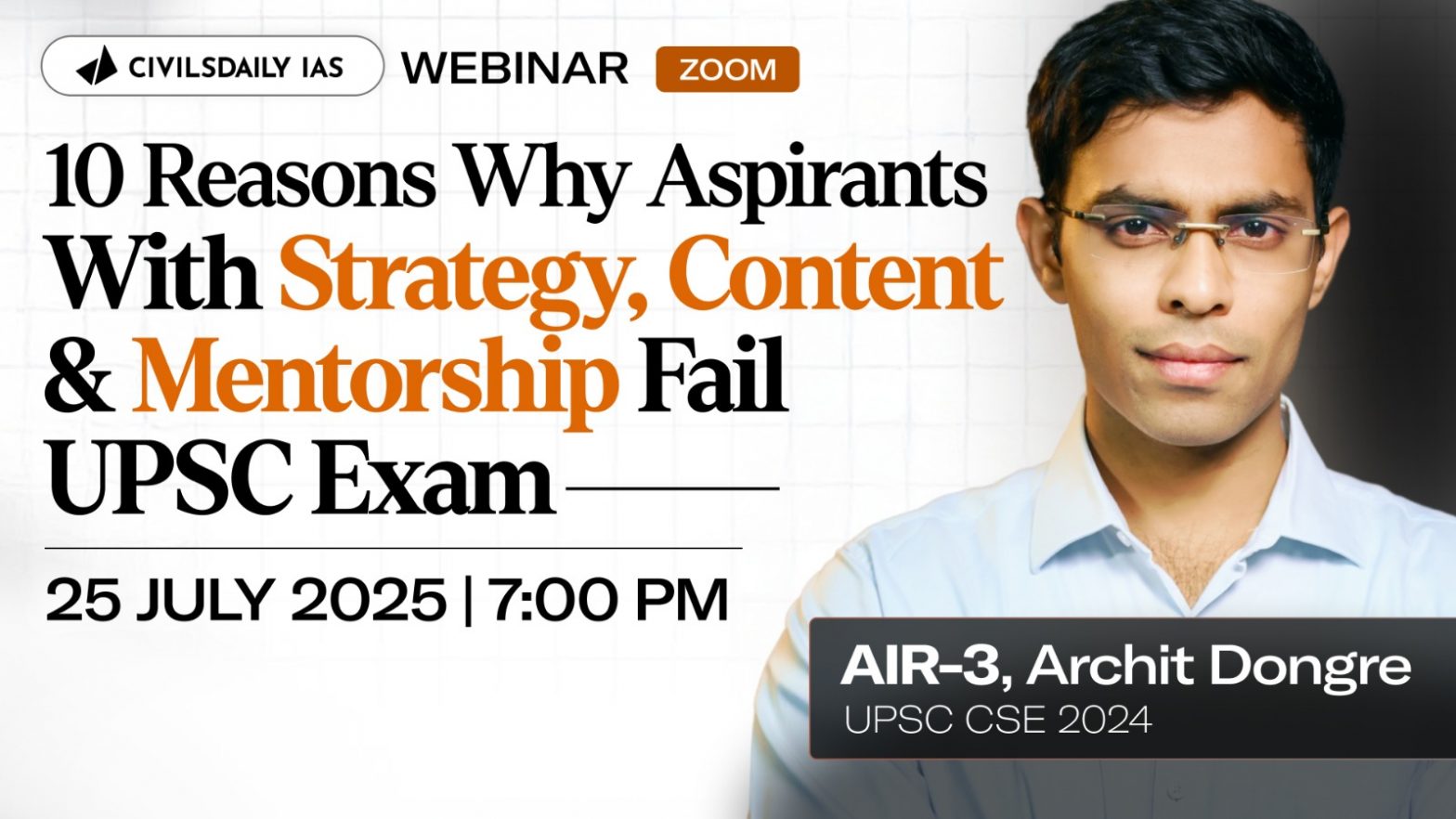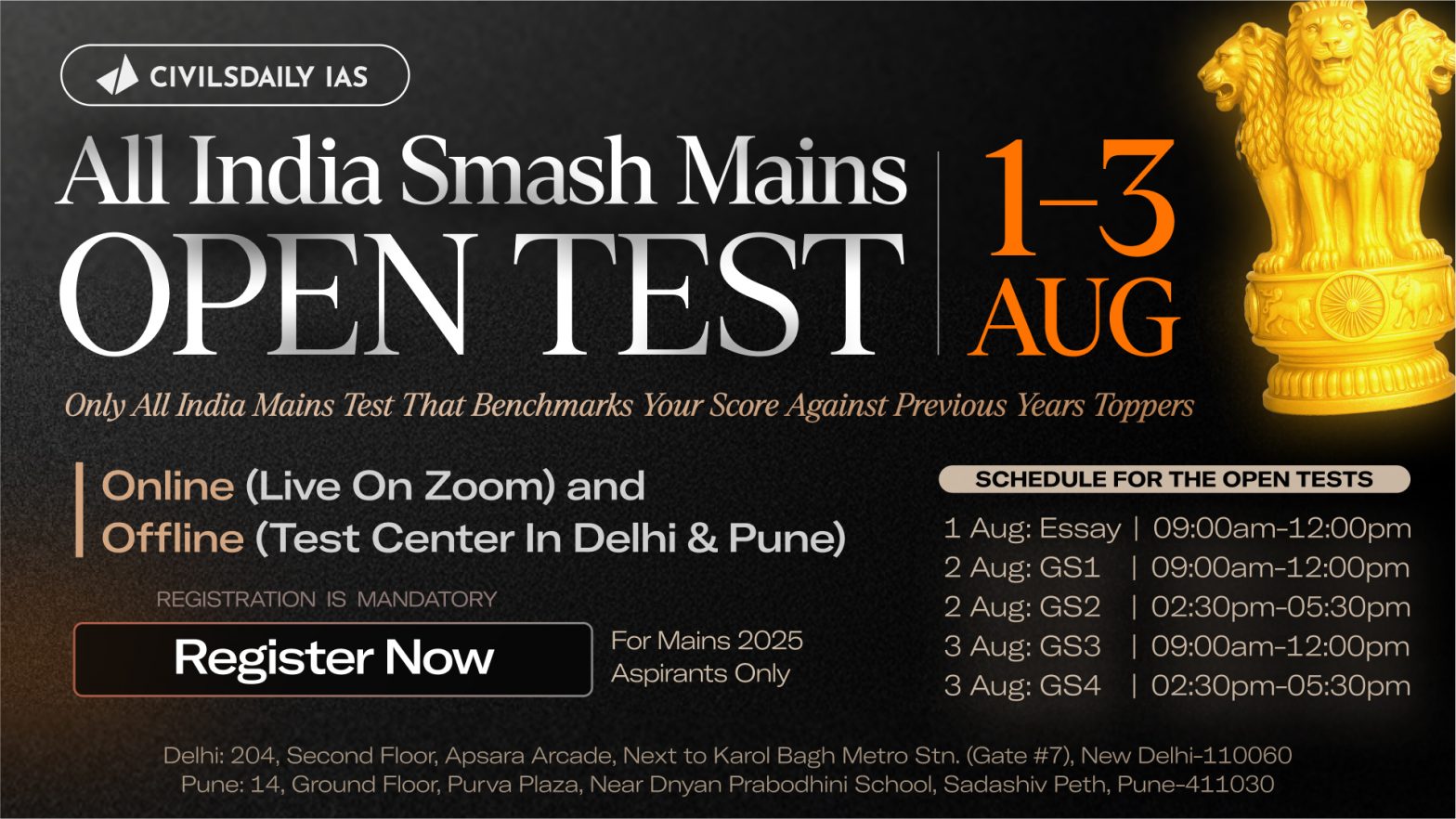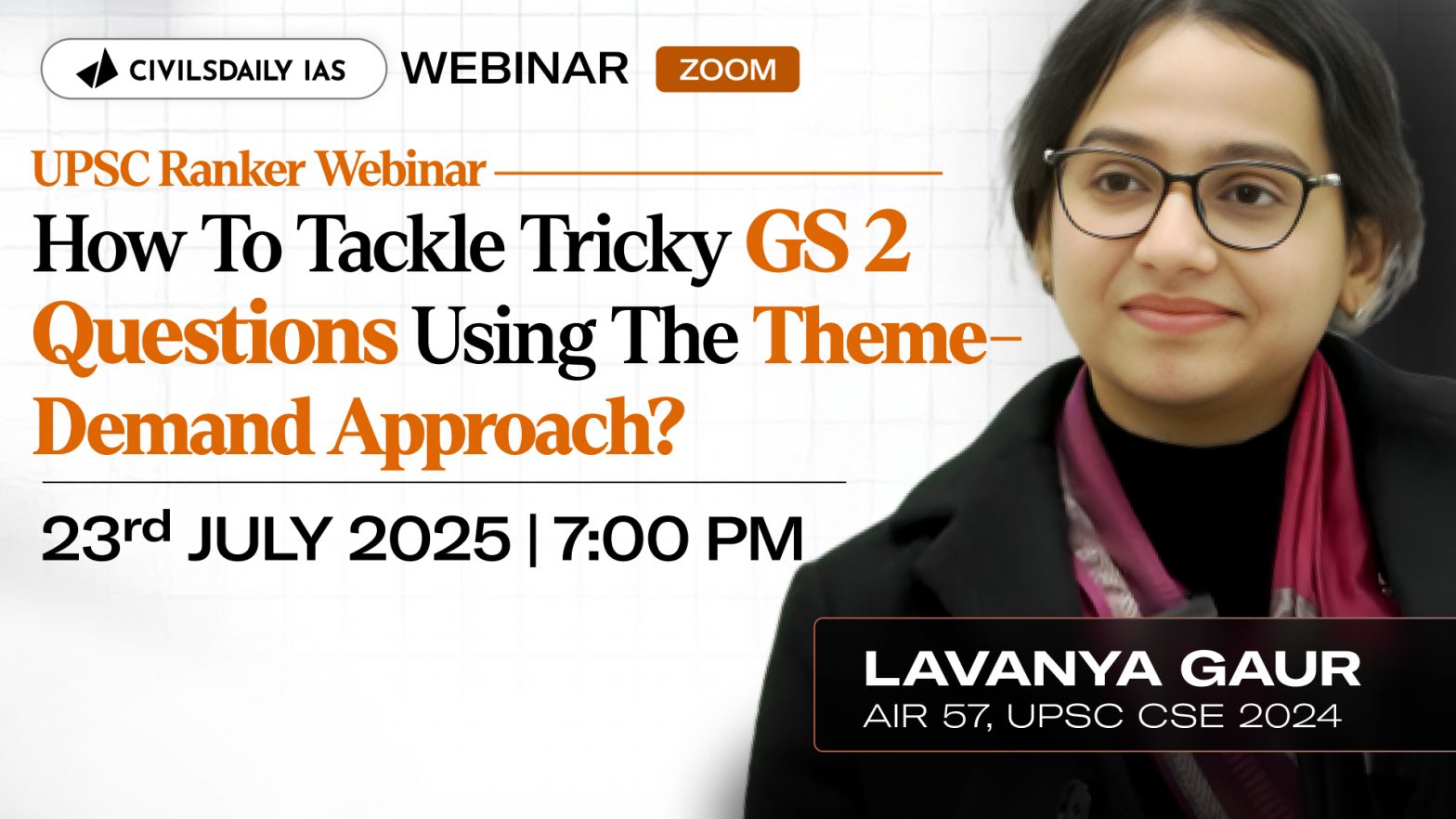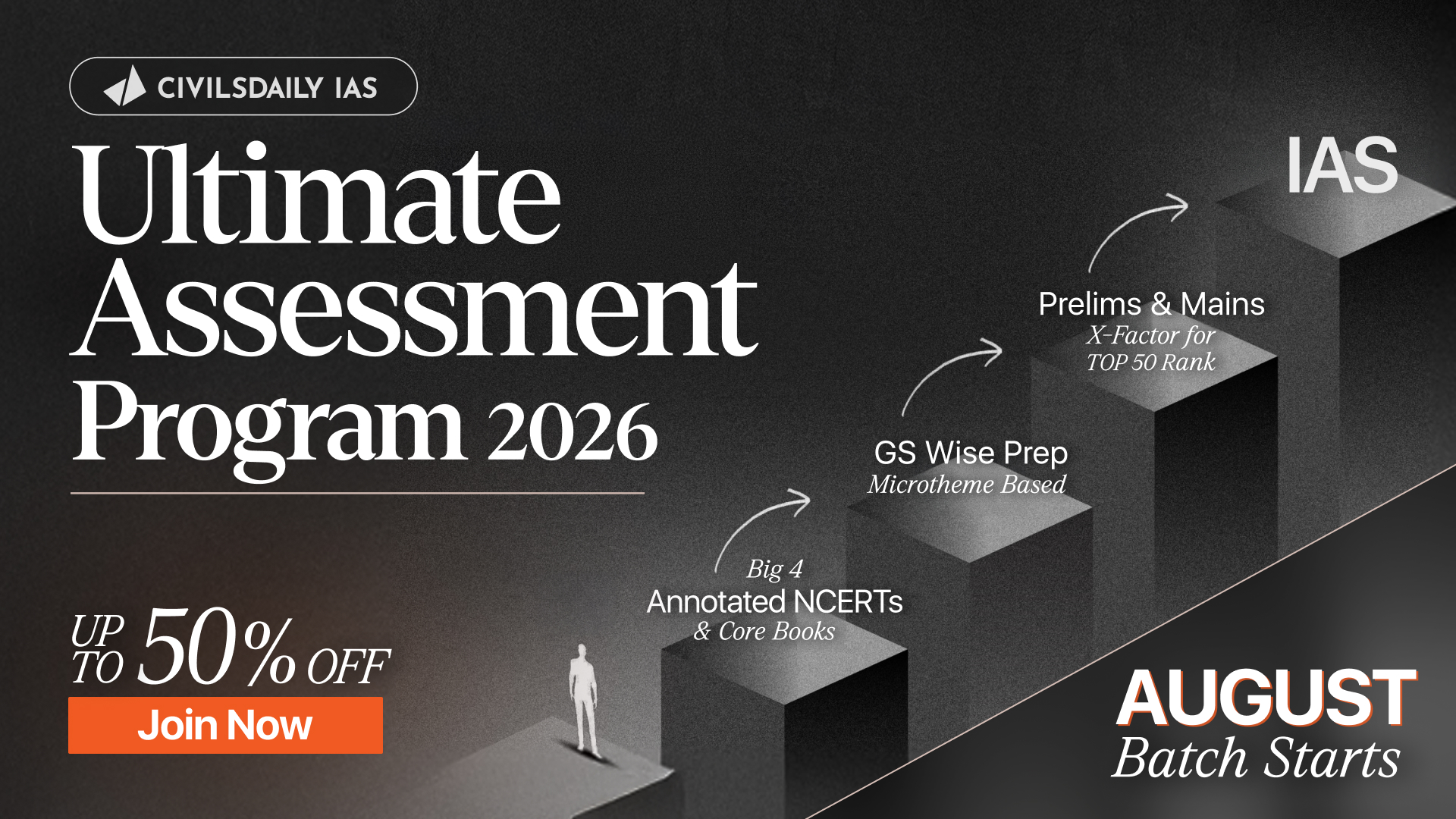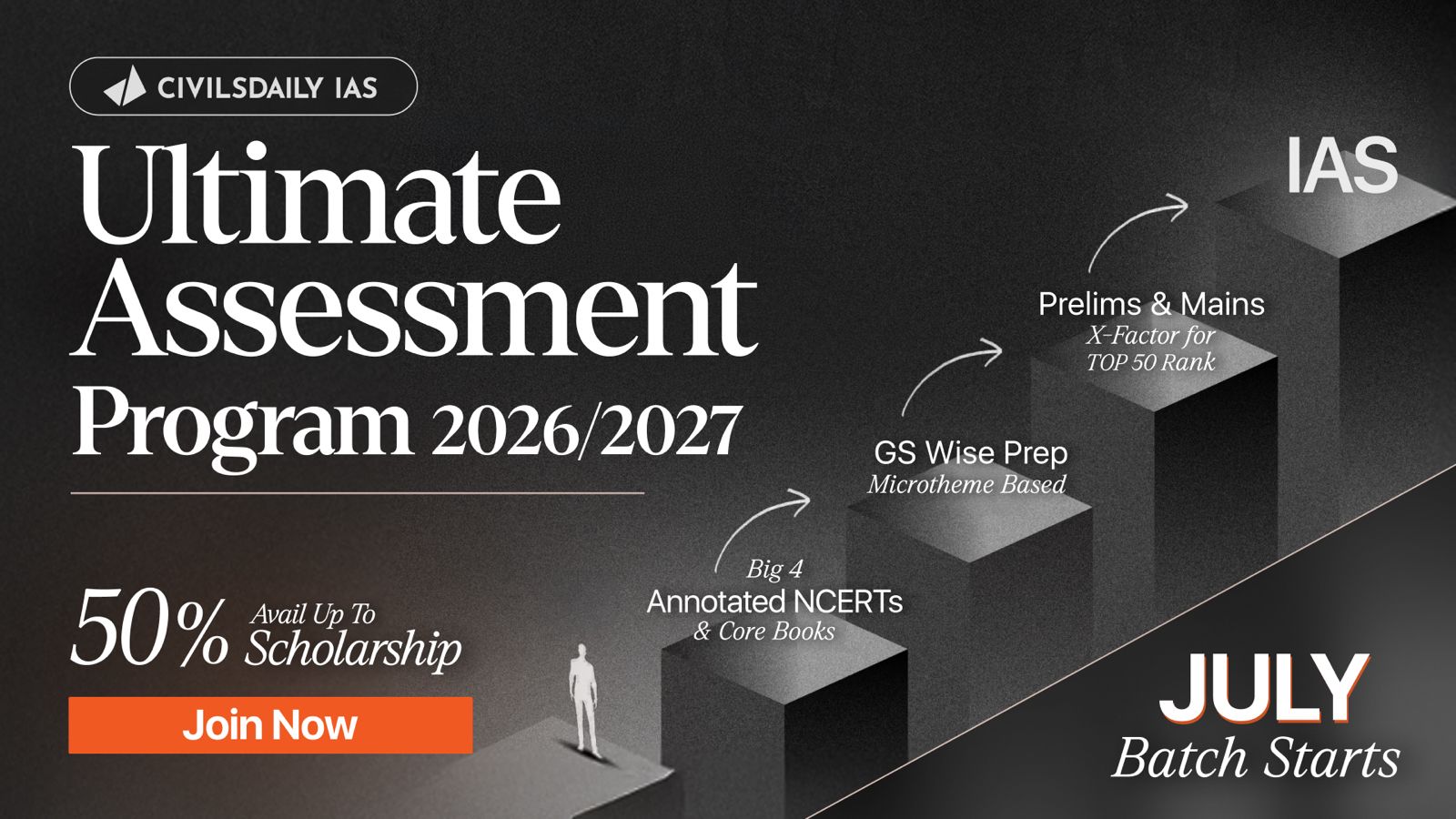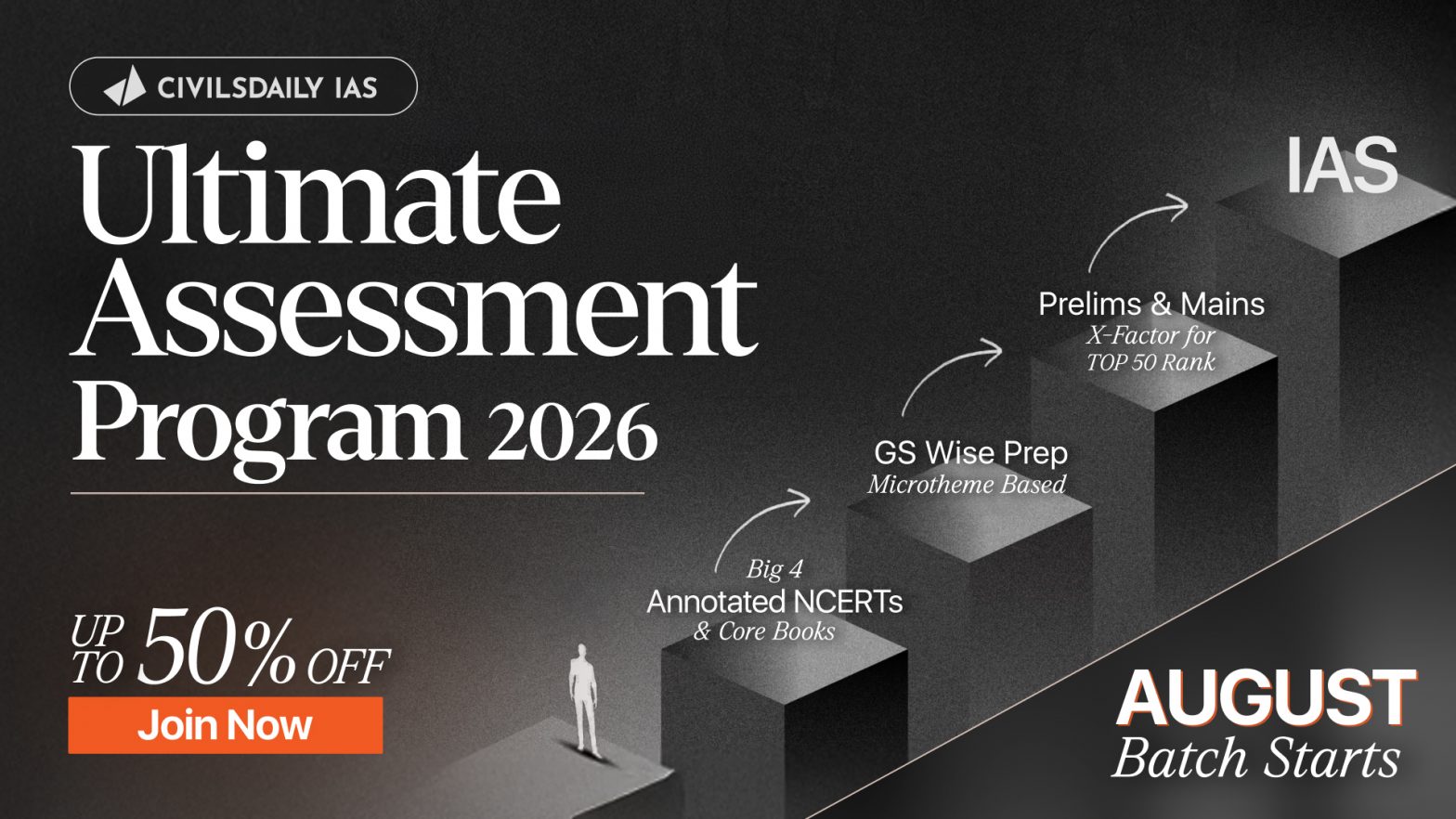

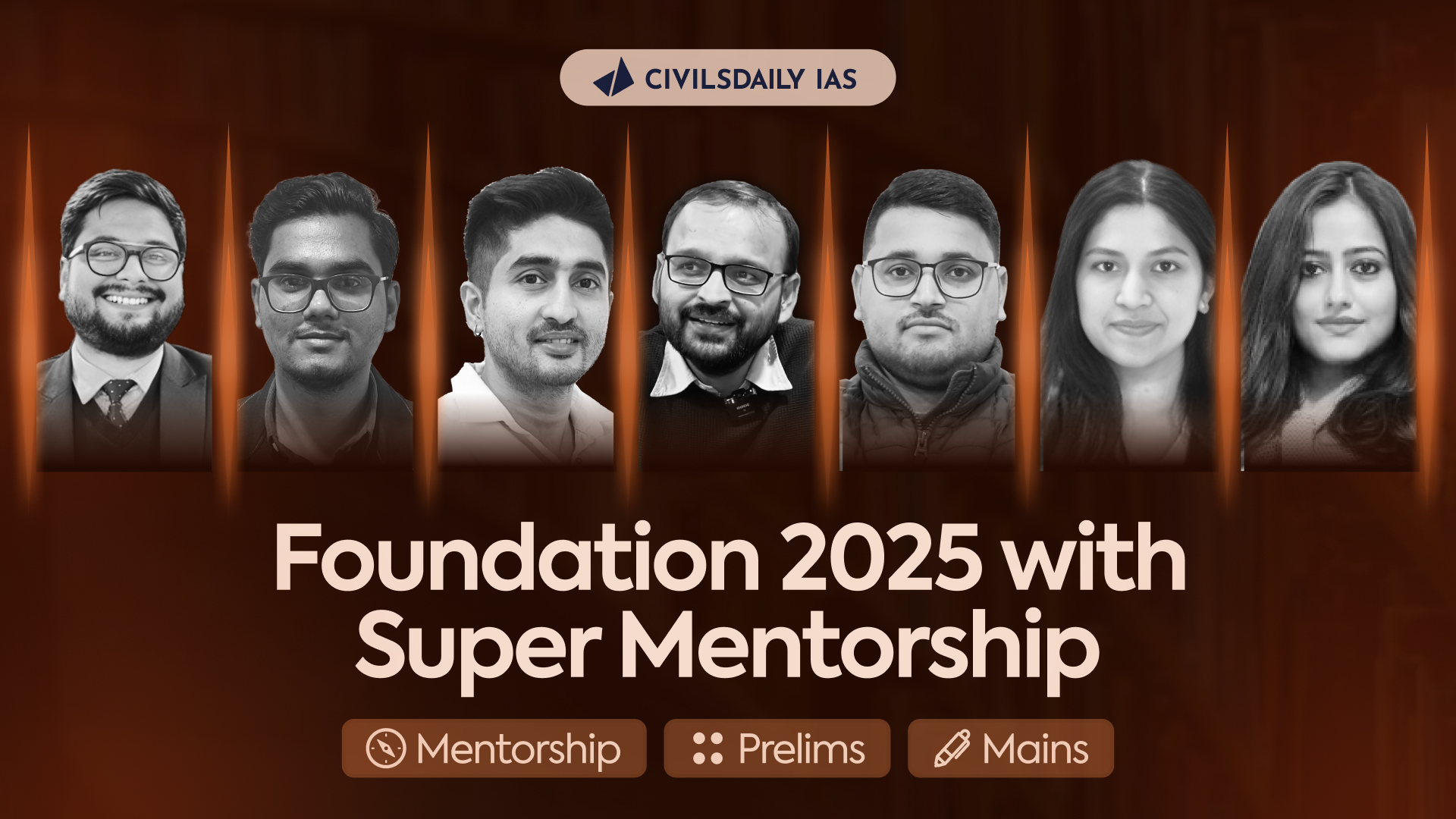
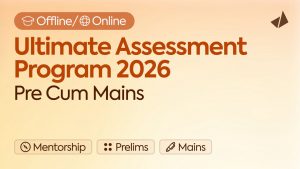
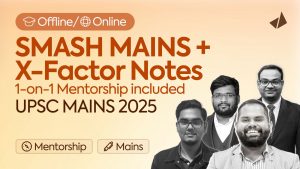
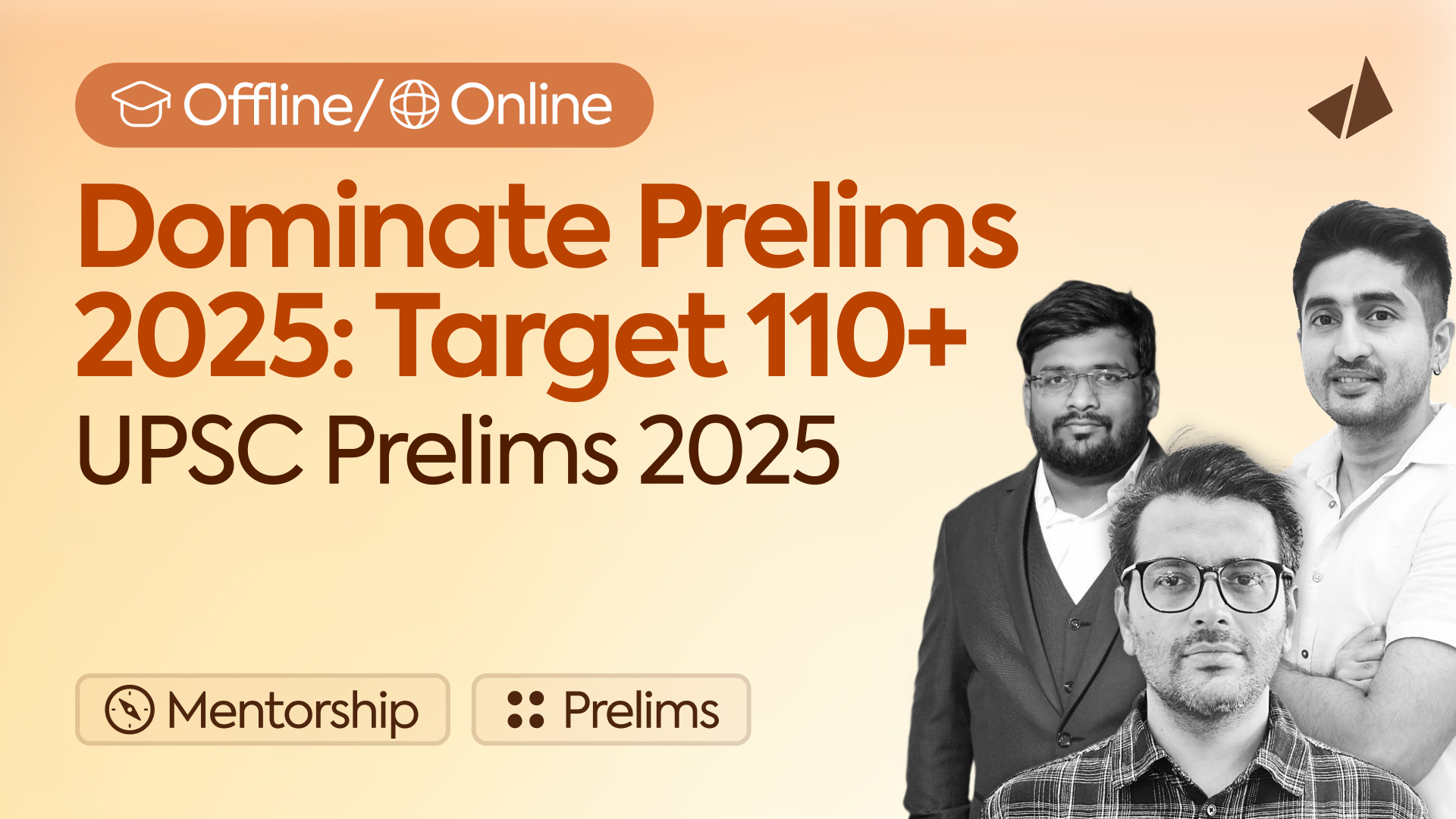
Burning IssuesInterview ProgramMotivation BytesPrelims DailyPrevious Year Question PaperProgram LaunchRanker WebinarsThe Hindu Op-edToppers TestimonialsUPSC Mains Topic-Wise PYQsUPSC PreparationUPSC SyllabusX Factor Notes
15th August
Chapter 8 | Post-Gupta Period I (600AD – 750AD) Later Guptas, Badami Chalukyas, Pallavas, Pandyas
Area of interest: North India, Deccan India & South India The political situation became complex with the passing away of the Guptas and the demise of the Vakataka rulers. Vassals of the Guptas became independent in the North.In the Deccan and far South too, a multiplicity of powers were witnessed. NORTH INDIA Political Background Harshavardhana… Continue reading Chapter 8 | Post-Gupta Period I (600AD – 750AD) Later Guptas, Badami Chalukyas, Pallavas, Pandyas
Case Study | India Coinage
The study of coins is known as Numismatics. The importance of coins as a source of reconstructing history cannot be denied, particularly in case of ancient history where very few chronicles were produced. 1. Indus Valley Civilization – BC The Harappan Seal is the most distinctive artefact of the Indus Valley Civilization. It was made… Continue reading Case Study | India Coinage
Chapter 7 | Gupta Period (300AD – 600AD)
Areas of Interest: North India, Central India, and South India Unlike the previous period, this period saw was marked by political stability that ensured and encouraged cultural florescence. The Guptas and Vakatakas were the major powers in north and central India respectively. South however witnessed a transitionary period called the Kalabhra Interregnum. This transitionary period… Continue reading Chapter 7 | Gupta Period (300AD – 600AD)
Chapter 6 | Post Mauryan Period (200BC to 300AD)
Areas of Interest – North, South & East India (specifically Kalinga) The five centuries that passed between the fall of the Mauryas and the rise of the Guptas witnessed a lot of political instability and upheaval in the North of India. The South however remained fairly stable. NORTH INDIA I. Political Background As the maps… Continue reading Chapter 6 | Post Mauryan Period (200BC to 300AD)
Case study | Pottery – Evolution and significance
Pottery or ceramics or ceramic art refers to the creation of objects that are made up of hard brittle material produced from non-metallic minerals by moulding them while the material is wet and then firing them at high temperatures. They are often made up of clay, porcelain, steatite, etc. Pottery plays an important role in… Continue reading Case study | Pottery – Evolution and significance
Chapter 5 | Mauryan Period (400BC – 200BC)
Areas of Interest: North India NORTH INDIA I. Political Background The period from the sixth to the late fourth century BC witnessed the rise of territorial polities-mahajanapadas in North India. This culminated in the establishment of the Mauryan Empire in about 325 BC. The Mauryan Empire was a pan-Indian empire founded by Chandragupta Maurya. Ashoka… Continue reading Chapter 5 | Mauryan Period (400BC – 200BC)
Chapter 4 | Vedic and Later Vedic Period (1500BC – 600BC)
Note4Students It is important to understand the transformations that occur from the Vedic to the Later Vedic period as many of them are carried forward. During this time, the class-divided society transformed into a caste-divided one, polytheistic religion into a sacrificial ritual-dominated one, the condition of women deteriorated, and simple tribal polity transformed into a… Continue reading Chapter 4 | Vedic and Later Vedic Period (1500BC – 600BC)
Case Study | Ajanta and Ellora Caves
Rock-cut cave architecture occupies a very important place in the Indian Art tradition. From the humble beginnings at the Barabar Caves, they evolve into spectacular caves at Ajanta and Ellora. Both these caves have been accorded the UNESCO World Heritage Site status. Table summing up the contrasting features are as follows Ajanta Caves Ellora/ Elura/Verul… Continue reading Case Study | Ajanta and Ellora Caves
Chapter 2 | Chalcolithic Age
Note4Students This chapter, again, is not important from UPSC perspective. Make a note of various cultures that developed in this period and the regions they were confined to. Some predate Harappan sites while others postdate Harappan sites. Ahar Culture oldest Malwa Culture(1700BC-1200BC) Jorwe Culture (1400BC-700BC) – newest East – UP, Bihar and Bengal Location South… Continue reading Chapter 2 | Chalcolithic Age
Chapter 1 | Stone Age – Paleolithic, Mesolithic and Neolithic
Note4Students This topic is not one of UPSC’s favorites. A deeper understanding is not required. You need to make a note of 2 things. 1. Understand the evolution of tool technology, memorize which technology(flint, flakes, microliths) corresponds to which age. 2. Refer to the table at the end. Memorize what started in which age. Paleolithic… Continue reading Chapter 1 | Stone Age – Paleolithic, Mesolithic and Neolithic
Terms and Definitions
Defining all the recurring themes in one place. 1. Stupas These are hemispherical dome structures originally built over the relics of Buddha after his death. There were 8 of them in distributed in places where Buddha seemed to have lived – Rajagraha, Vaishali, Kapilvastu, Allakapa, Ramagrama, Vethadipa, Pava, Kushinagar. We see stupas being built… Continue reading Terms and Definitions
16 August 2017 | Prelims Daily with Previous Year Questions & Tikdams
Q.1) Consider the following statements regarding the ‘International Maritime Search and Rescue Exercise (IMMSAREX)’: 1. It was started in 1991. 2. This year, it will be held under the chairmanship of Bangladesh. Which of the statements given above is/are correct? a) 1 only b) Both are correct c) 2 only d) Neither 1 nor 2… Continue reading 16 August 2017 | Prelims Daily with Previous Year Questions & Tikdams
14th August
India – ASEAN | Origins, member countries, trade history and the growing geo politic discourses
Backgrounder Despite India’s geographical proximity to South-East Asia, sharing over 1,600 km of land boundary with Myanmar and maritime boundaries with Myanmar, Thailand and Indonesia, South-East Asia was hardly a priority area in Indian foreign policy before the 1990s. Initiated in the early part of the 1990s, India’s ‘Look East’ policy has been directed to… Continue reading India – ASEAN | Origins, member countries, trade history and the growing geo politic discourses
14 Aug 2017 | Target Mains: GS Questions With Official Answers
GS Paper 1: World History Q.1) Industrial Revolution paved the way for new imperialism. Comment. NCERT Hints: Answer structure: The Industrial Revolution began in Great Britain in the early 18th century, a time when European imperialism in the New World and around the coasts of Africa and Asia was already well underway. However, the Industrial… Continue reading 14 Aug 2017 | Target Mains: GS Questions With Official Answers
14 Aug 2017 | GS 4 | In India under-utilisation and misutilisation of public funds and their implications is a serious concern. Discuss the role of effective utilization of public funds in meeting development goals. Suggest with examples how public funds can be effectively utilised.
GS Paper 4: Ethics & Integrity Q.4) In India under-utilisation and misutilisation of public funds and their implications is a serious concern. Discuss the role of effective utilization of public funds in meeting development goals. Suggest with examples how public funds can be effectively utilised.
14 Aug 2017 | GS 3 | “A more appropriate exchange rate would stimulate exports and dampen imports, just as it would help domestic manufacturing firms to be more competitive.” Upto what extent, this statement is correct from Indian Economy perspective.
GS Paper 3: Indian Economy Q.3) “A more appropriate exchange rate would stimulate exports and dampen imports, just as it would help domestic manufacturing firms to be more competitive.” Upto what extent, this statement is correct from Indian Economy perspective. Source: http://www.livemint.com/Opinion/Iwsgmu6mIxf1eo0AYABdmL/A-strong-rupee-hurts-the-economy.html
14 Aug 2017 | GS 2 | Do you think article 35A should be abolished? Critically comment.
GS Paper 2: Polity & Governance Q.2) Do you think Article 35A should be abolished? Critically comment. Source: http://www.huffingtonpost.in/2017/08/07/why-its-dangerous-for-the-centre-to-tamper-with-article-35a-in_a_23068270/ http://www.firstpost.com/india/article-35a-apart-a-larger-debate-over-article-370-is-needed-for-permanent-solution-to-kashmir-problem-3907729.html https://swarajyamag.com/politics/why-article-35-a-has-to-go-and-go-now-
14 Aug 2017 | GS 1 | Industrial Revolution paved the way for new imperialism. Comment.
GS Paper 1: World History Q.1) Industrial Revolution paved the way for new imperialism. Comment. NCERT
14 August 2017 | Prelims Daily with Previous Year Questions & Tikdams
Q.1) Which of the following items comes under the Union List or List-I given in Seventh Schedule in the Constitution of India? 1. Bills of exchange, cheques, promissory notes and other like instruments 2. Major ports 3. Post office savings bank 4. Insurance Select the correct option using the codes given below. a) 1, 2… Continue reading 14 August 2017 | Prelims Daily with Previous Year Questions & Tikdams
Slide Anything shortcode error: A valid ID has not been provided
